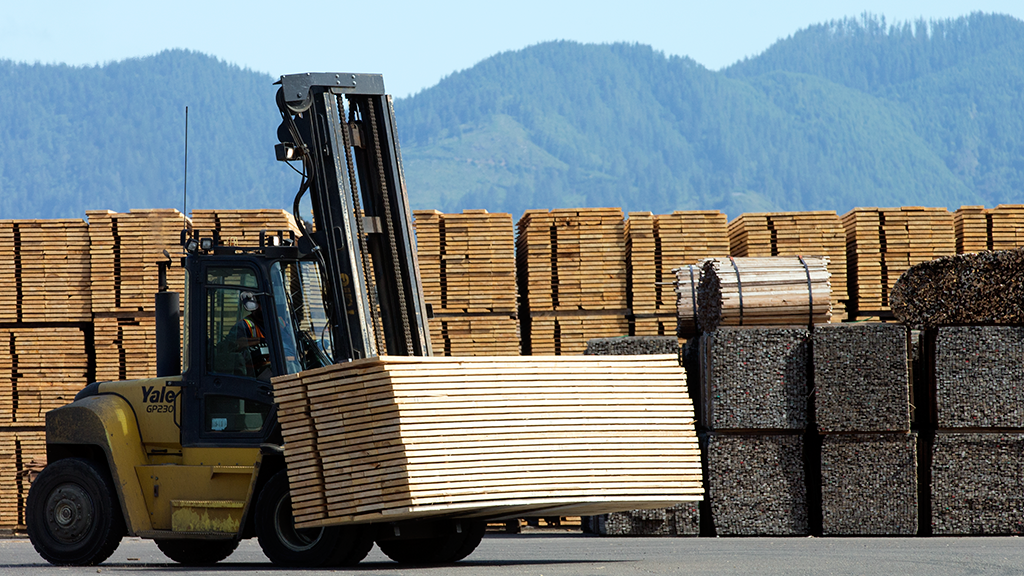Sponsored content contributed by AOC Business Partner: Hampton Lumber
Northwest Oregon is home to some of the most productive and sustainably managed forests in the world. These forests have made Oregon the top U.S. producer of renewable building materials.
Local sawmills rely on a steady and sustainable supply of timber from surrounding public and private forests. Unfortunately, uncertainty over the trajectory of the 70-year Habitat Conservation Plan (HCP) for State Forests turned into alarm and disappointment for the industry and the Forest Trust Land Counties in 2023 when the Oregon Department of Forestry announced the proposed HCP will result in harvest levels as much as 34 percent lower than current levels. While the forest products sector is accustomed to short-term market disruptions, the long-term outlook for timber supply in the state remains a source of concern for local companies that must decide whether continued investment is tenable. Looking to the future, Oregon elected leaders and policy makers will need to prioritize, protect, and enable working forestlands in the state to not only support exiting wood manufacturing capacity but also create new opportunities for value-added mass timber manufacturing.
Sawmills are often the most visible component of a healthy forest sector, but Oregon’s working forests also support hundreds of family-owned logging and hauling companies that specialize in the safe and sustainable harvest and transport of wood products. Indeed, most local benefits that arise from timber harvests come not from the revenues associated with timber sales, but the work that active forest management generates year after year. We estimate that for every $1 million in revenue created by a timber sale, an additional $1.4 million is generated locally to harvest, transport, and create lumber. Additional revenue and employment are generated through lumber sales and secondary manufacturing facilities, including those that produce plywood, particleboard, and pulp and paper. This economic activity trickles through local communities, to stores, restaurants, and service providers and helps keep rural areas resilient.
Active forest management also creates climate-friendly building materials. According to the Oregon Forest Resources Institute, lumber, plywood, particle board, and hardboard manufactured in Oregon each year can store an estimated 18.6 million metric tons of carbon dioxide equivalent (mtco2e) in the built environment. In 2021, total emissions in Oregon amounted to 60.1 mtco2e, which means building materials produced in Oregon have the capacity to store roughly 30 percent of the state’s emissions each year.
The local wood products industry also helps address other social issues from workforce development to community livability and access to affordable housing. Currently, Oregon produces enough lumber and plywood each year to frame around 375,000 single-family homes. Housing is a priority issue for our company, and we know Oregon’s cities and counties are equally committed to increasing housing access and affordability. The scale of the issue is enormous, and collaboration will be key. We look forward to working with private and public sector partners in the coming years on ways to better address these needs in our communities.
If you’d like more information on Hampton Lumber’s commitment to sustainable communities, visit www.hamptonlumber.com/sustainability.
Contributed by: Director of Public Affairs and Communications Kristin Rasmussen

